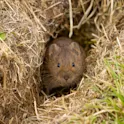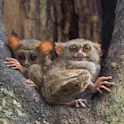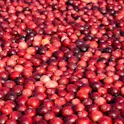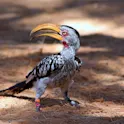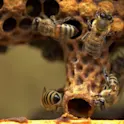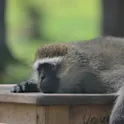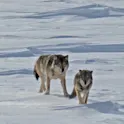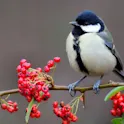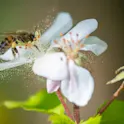
Environment
23 Sep 2022
Bees, blue light, and bacteria in beetles’ ‘back pockets’: Most viewed articles of August 2022
Image: Shutterstock.com by Angharad Brewer Gillham, Frontiers science writer Each month, Frontiers shines a spotlight on some of the leading research across a wide range of topics. Here are just some of the highlights that resonated strongly with readers on our news site in the month of August. 1. Modern pesticides make it hard for bees to keep on the straight and narrow Research published in Frontiers in Insect Science showed that common pesticides affected bees’ brains so that they couldn’t orient themselves properly. Bees exposed to sulfoxaflor and imidacloprid were tested on their ability to respond to stimuli that tricked them into thinking they’d been blown off course, a situation which required them to use their optomotor response to reorient themselves. Compared to control bees, they performed very poorly, reacting inappropriately or not at all to the stimuli. The problem seems to be caused by damage to the nervous system, but the exact mechanism is unclear. Since bees need this optomotor response to travel between different sources of pollen, and since these insecticides are widely used, this is a source of significant concern. The authors tested the optomotor response in walking bees rather than flying bees, so further research […]
